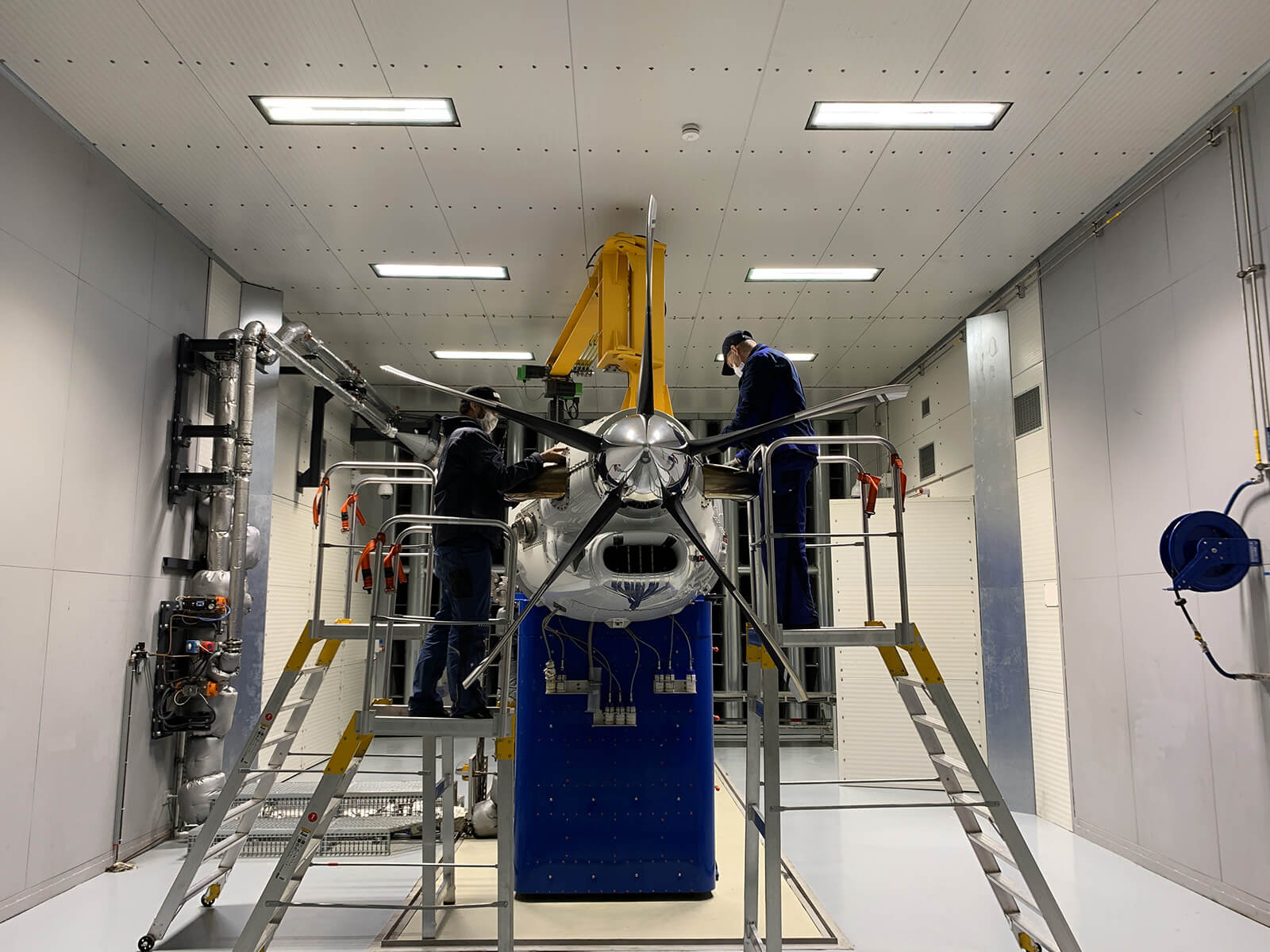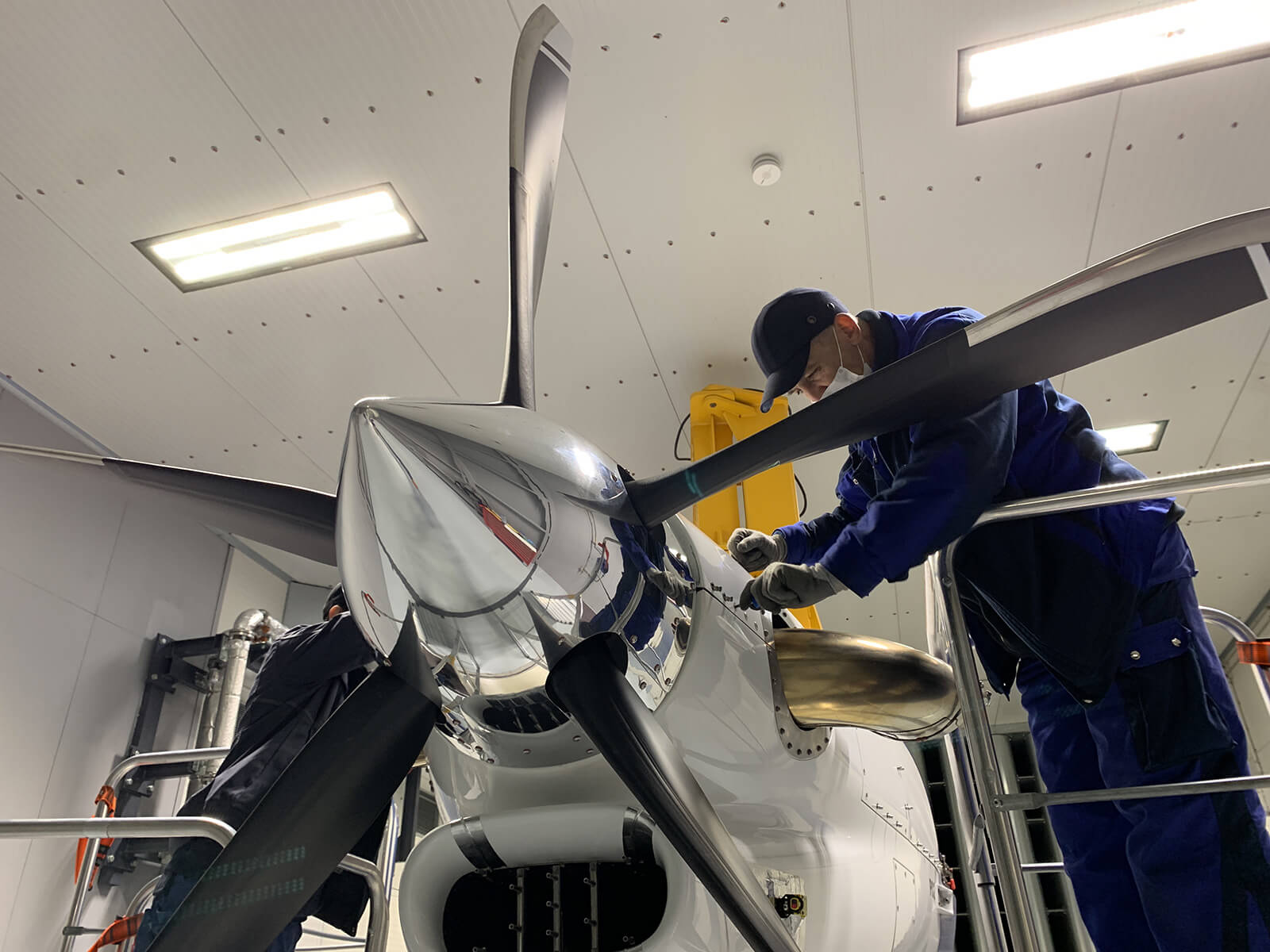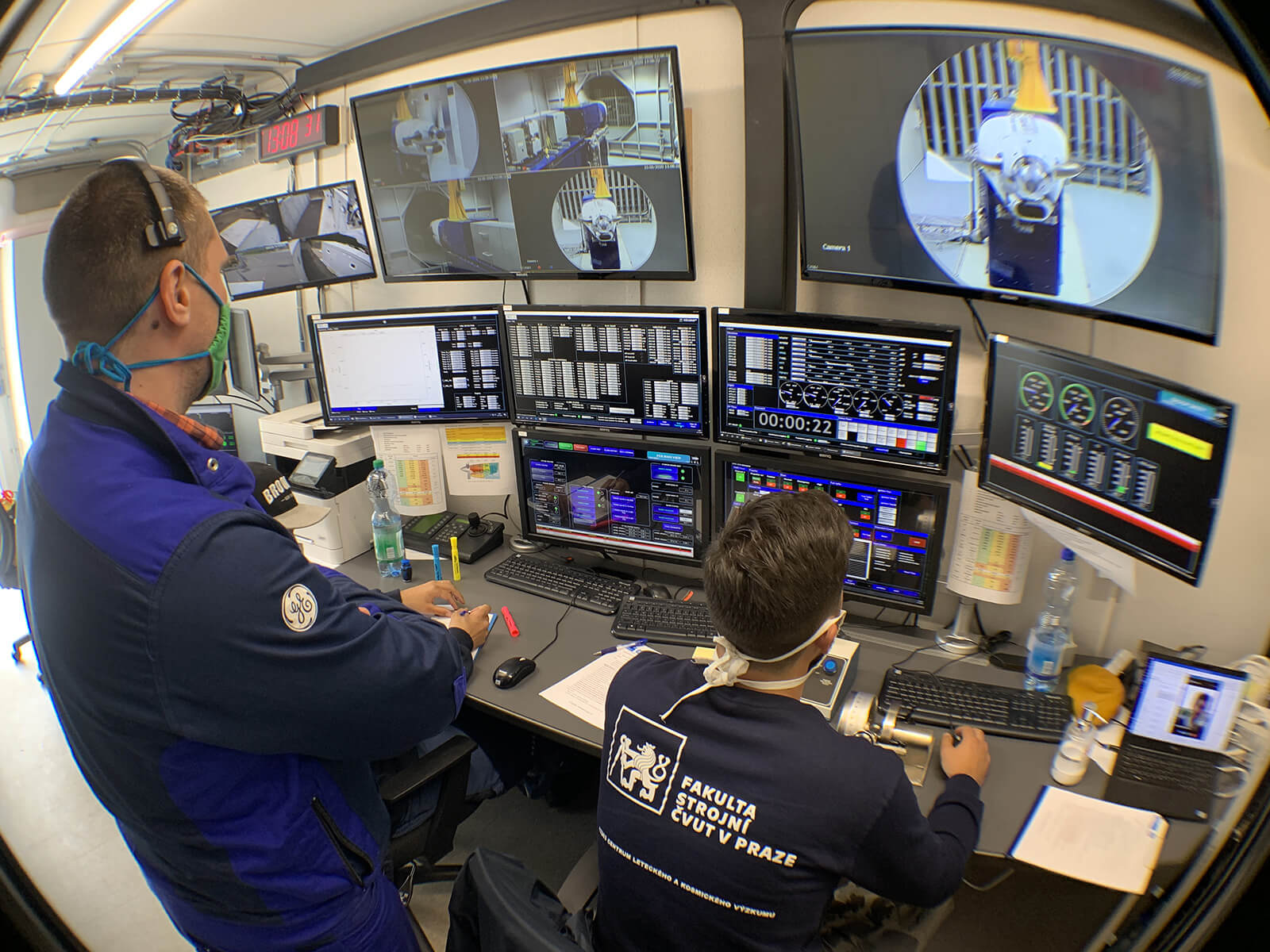Aviation
Catalyst, integration at first sight
GE Aviation’s first European-born engine has completed integration tests with MT Propeller, creating a new chapter of an increasingly exciting story.
May 2020
Catalyst, GE Aviation’s advanced turboprop, is being fully developed in Europe with European technologies. Bavarian company MT propeller is the top European design and manufacturer of propellers for the Business and General aviation sector.
The story of the relationship between GE Aviation’s Avio Aero business and MT propeller began last July with the signing of a collaboration agreement between the two companies to work together in the military market, with specific focus on UAV and trainer applications.
Now, the future has also arrived for this marvelous engine in military applications. After the success of the digital tests performed at the Avio Aero Wet Rig in Brindisi (using real engine components), the actual physical integration of the two products was also completed in the test rooms of the Czech Technical University (CVUT) in Hradec Kralove, a short distance from Prague.
“Work started at the beginning of 2020 with the integration of the MT propeller maps in the digital system with which the Catalyst is equipped,” says Florian Kokoshi, Emerging Technologies Engineer at Avio Aero. "In short, following the tests in Brindisi, the specific propeller data was entered in the Full Authority Digital Engine Control (FADEC) system. An analysis led to the perfect software-type alignment of the two products. The activity in Brindisi has had a successful outcome and has allowed us to physically bring the engine and the propeller together."
Florian is a talented, 26-year-old engineer of Albanian descent from Cuneo (Italy). He came to Avio Aero in 2018 following a double degree with 110 cum laude in aerospace engineering from the Politecnico di Torino and Cranfield University (England).
After two years in this engine program, he is now the link between the two teams working on the integration of two products with high engineering content. The end result is destined to generate unparalleled and sustainable performance, as well as a significant reduction in risks for future military applications (as well as for commercial ones, thanks to the sharing of best practices which is natural in GE).
The team has created a proven, ready-to-use solution. Both products, in fact, are equipped with unique technologies. The Catalyst’s state of the art FADEC system controls the engine and the propeller. This allows for performance optimization at all flight speeds with a reduction in fuel consumption of about 15-20% compared to average. MT Propeller’s natural composite material allows a weight reduction of between 8 and 20% and decreases vibration and noise by 30 to 50%.
"The physical integration and the dynamic test succeeded at the first attempt without any defect or imperfection needing to be corrected: the interfaces were perfect"
“Physical integration touches on three different engineering aspects: mechanics, to integrate the propeller interface with the engine flange; control, to define the angle control system for the propeller blade (technically known as beta tube) and, lastly, dynamics, i.e. the management of the actual integrated movement” explained Florian. "Since the beginning of February, I have been the trait d'union between colleagues from three departments in Avio Aero and the MT Propeller team. Our goal was to best define the interfaces of the Catalyst and the propeller before production of the propeller."
Objective achieved: in April, the "interface freeze" was defined and the propeller was produced for the physical integration test.
In May, the propeller was introduced to the Catalyst in Hradec Kralove, Czech Republic. Thanks to the work of the respective teams, it was mounted on the engine. "The COVID19 situation forced some of us to follow the tests remotely. In any case, thanks to GE Aviation's on-site colleagues and, above all, those who did the preparatory work to produce the propeller,” Florian said. “The physical integration and the dynamic test succeeded at the first attempt without any defect or imperfection needing to be corrected. The interfaces were perfect."
"This test paves the way for the inclusion of the Catalyst engine as a certified application with MT's propeller, enabling military and UAV customers to get the most modern turboprop combination on the market"
"MT-Propeller, working with the GE Aviation and Avio Aero teams, has once again demonstrated how efficient new technologies can be combined perfectly. What is a prototype becomes a mass-produced product," said Martin Albrecht, general manager of MT-Propeller. "This test paves the way for the inclusion of the Catalyst engine as a certified application with MT's propeller, enabling military and UAV customers to get the most modern turboprop combination on the market.”
As the first flight for the commercial version is approaching, many may wonder what the next chapter in the history of this brand-new turboprop will be. "The next steps will depend on the customers who choose the Catalyst for their military applications," concluded Florian. "The engine-propeller combination, 100% European and independent of the American export regime, is ready for use.”
Cover and Page photo credits: Radek Novotny and Ivan Pupko for GEAC







